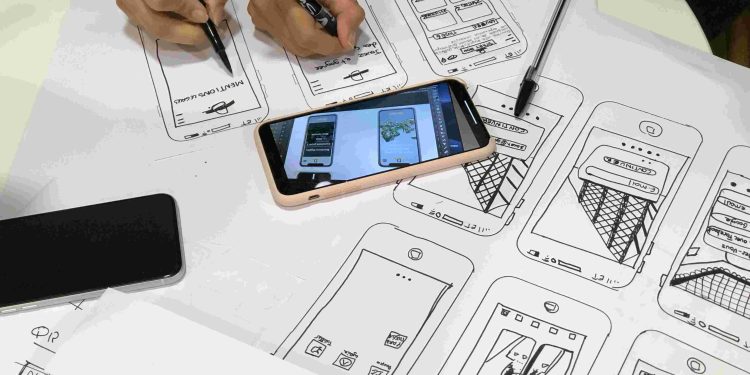Effective Methods for Conducting Design Critique Sessions
Picture this:
you’ve just unveiled your long-anticipated design project—a labor of love, creativity, and countless late-night tweaks. The critique session begins, and the feedback floods in: fragmented, vague, perhaps even contradictory. Suddenly, your vision feels precariously balanced on a shaky platform of opinions. But what if design critiques didn’t have to feel this way?
Design critique sessions are often treated as routine checkpoints, yet their true potential goes far beyond that. A well-facilitated critique can act as a catalyst for innovation, breaking conventional boundaries and bridging insights from diverse disciplines. The problem lies not in the concept itself but in how we conduct these sessions.
The Flaws in Traditional Design Critique Culture
Traditional critique methods often overemphasize a hierarchical dynamic where feedback flows from seniority rather than expertise. This setup creates a bottleneck that stifles creativity and marginalizes valuable input from less experienced team members. It also leans heavily on individual opinion, ignoring more systematic approaches to evaluate design choices.
Renowned psychologist Daniel Kahneman explores this bias in his book, “Thinking, Fast and Slow,” emphasizing how subjective judgments are frequently colored by cognitive blind spots. By challenging traditional critique formats, teams can create space for unbiased, constructive insights.
Design Critique As a Multidisciplinary Dialogue
Here’s where interdisciplinary thinking can breathe new life into design critique sessions. Rather than exclusively focusing on aesthetics or usability, incorporate perspectives from psychology, sociology, business strategy, and even philosophy.
For instance, consider the philosophical idea of “negative capability,” coined by poet John Keats, which promotes staying comfortable in uncertainty. Applied to design critiques, this principle urges teams to resist the urge to immediately solve issues and instead explore ambiguous aspects to discover untapped opportunities.
Similarly, psychological concepts like empathy maps can enrich critique discussions by giving participants deeper insights into the user’s experience. This approach transcends surface-level feedback and steers conversations toward nuanced observations rooted in user psychology.
Predictions: The Future of Design Feedback
As the industry evolves, design critiques are poised to integrate artificial intelligence tools to democratize feedback. Imagine AI-driven systems analyzing user behavior patterns or emotional responses to design prototypes, providing unbiased, data-backed insights during critique sessions.
Another emerging trend is the adoption of remote critique platforms enhanced by virtual reality. Teams across continents can soon immerse themselves in shared virtual spaces to collaboratively review, modify, and innovate designs, transcending geographical barriers.
Practical Steps to Revamp Your Critique Sessions
Unlocking the full potential of design critique requires deliberate action. Here are actionable strategies:
- Define objectives before starting the session. Clarity ensures feedback remains purposeful rather than scattershot.
- Encourage constructive framing by asking participants to phrase issues as questions rather than criticisms. For example, “How might this design better communicate its purpose?”
- Create psychological safety within the group. Encourage participation from all team members by fostering a judgment-free environment where risks and failures are valued.
- Integrate diverse voices. Invite engineers, marketers, and even non-designers to provide intersecting viewpoints that broaden critique discussions.
- Wrap critiques with actionable next steps, ensuring that feedback directly influences the iterative design process.
An Invitation to Continuous Learning
The purpose of any critique session should extend beyond fixing errors; it should encourage lifelong learning. Each critique is an opportunity to stretch your creative muscles and refine your ability to communicate effectively about design. In a world constantly changing, the best designers aren’t those who merely create—they’re those who adapt, learn, and grow.
When you approach critiques as vessels for growth rather than checkpoints, you transform them into platforms for development—for yourself, your project, and your entire team. The true essence of critique lies in its ability to empower you to think deeper, pivot smarter, and dream bigger.
So, next time you step into a critique session, see it not as a trial but as a bridge—a bridge toward endless possibilities. Your proactive participation could set the groundwork for a small yet profound revolution in how design work is perceived and prioritized.











